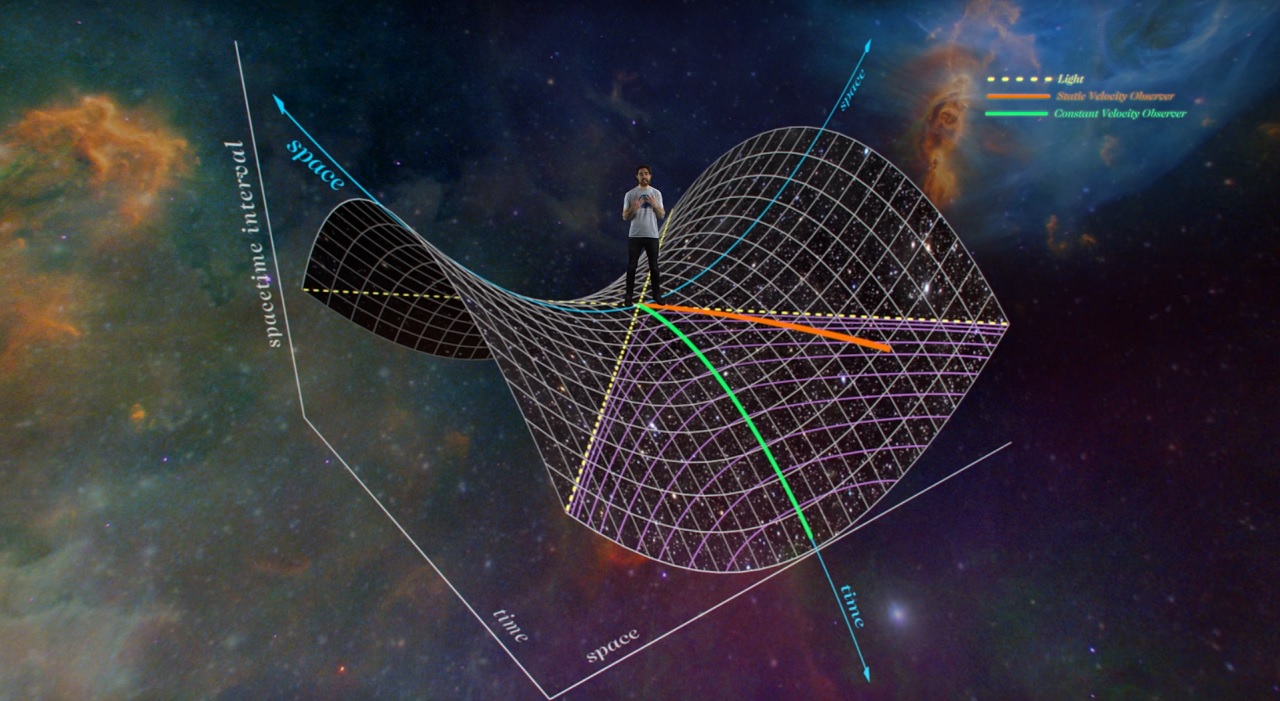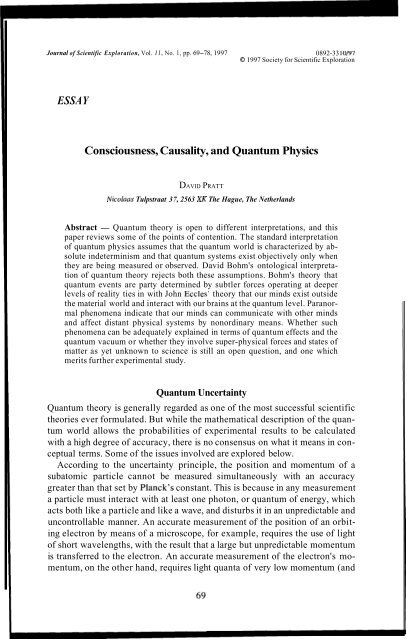
CAUSALITY PHYSICS SERIES
"This would provide us with a deep intuitive understanding of the origins of causality."Ībout a decade ago, O'Connell, Grinstein and Wise carried out a study that was partially based on a series of lectures by Sidney Coleman. "Perhaps the most important implication of our study is that we collected evidence of causal uncertainty due to spacetime fluctuations that can arise in a quantum theory of gravity," Menezes said. In this context, Donoghue and Menezes observed that the arrow of causality can be potentially violated by having conflicting conventions. This is what happens in quadratic gravity, but it could also happen in other theories too."Įven though the direction of causal influence is a convention associated with the choice of a description of the measurement of time, its existence is a necessary requirement based on the laws of quantum physics. "However, it happens in a very simple setting where the Lagrangian for the theory has more powers of derivatives than usual.

"The idea that there can be dueling arrows of causality within the same theory is even more obscure," Donoghue said. In their recent paper, they thus examined this particular aspect of causality further, in order to gather insight about its meaning and implications. "This connection is not discussed very often."ĭonoghue and Menezes were intrigued by the fact that the macroscopic feeling of causality, which is also applicable to classical physics, is due to the underlying structure of quantum theory. "The various factors of i in the quantization procedures are related to the direction of causal action, which leads to the 'arrow of causality' in quantum physics," Donoghue explained. However, this particular assumption is not applicable to quantum physics, where a direction for causal effects is present. So far, most theoretical discussions about causality, specifically the " arrow of time," have asserted that the laws of physics do not have any preference for the flow of time. In their study, however, Donoghue and Menezes also drew inspiration from a more recent study carried out by Donal O'Connell, Benjamin Grinstein and Mark B.

The realization that there can be microscopic violations of causality in certain theories dates back to the 1960s, specifically to the work of physicists T.D.

The paper written by Donoghue and his colleague Gabriel Menezes synthesizes many different aspects of causality that have been part of quantum field theory for several decades now. In the process, we realized that some of the insights are of more general interest and we decided to write our understanding as a Physical Review Letter, to share these insights more widely." "The small violation of causality is the most important of these and our goal was to understand this better. "Like the ingredients of the standard model, quadratic gravity is a renormalizable quantum field theory, but it has some peculiar properties," John Donoghue, one of the researchers who carried out the study, told.


 0 kommentar(er)
0 kommentar(er)
